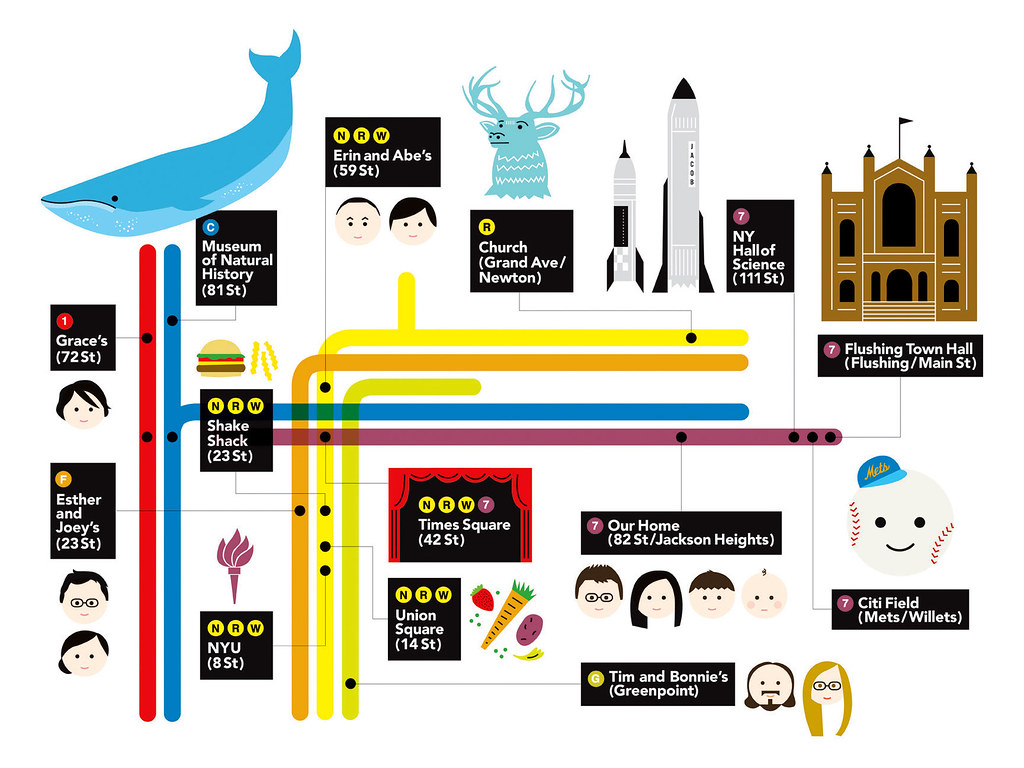
So, back on this topic of leaves ('tis the season); what about the magic of chlorophyll? The thing that really blows me away about photosynthesis and chlorophyll is the efficiency of energy transfer. Typical power lines lose 80% of their energy transfer in heat loss and resistance. Our most efficient (experimental non-commercial) solar panels may reach 40% sunlight conversion efficiency.
A plant can absorb, transmit and store (as sugars) up to 99% of the suns light. SO, why the huge discrepancy?
The quantum yield of a light harvesting system is typically very high. It is given by a near unit probability, as most every photon absorbed by the chlorophyll network results in an electron transfer.
...
Directly from
here,
here and
here:
One of the most significant quantum observations in the life sciences comes from Fleming and his collaborators. Their study of photosynthesis in green sulfur bacteria, published in
2007 in Nature, tracked the detailed chemical steps that allow plants to harness sunlight and use it to convert simple raw materials into the oxygen we breathe and the carbohydrates we eat. Specifically, the team examined the protein scaffold connecting the bacteria’s external solar collectors, called the chlorosome, to reaction centers deep inside the cells.
Unlike electric power lines, which lose as much as 20 percent of energy in transmission, these bacteria transmit energy at a staggering efficiency rate of 95 percent or better.
The secret, Fleming and his colleagues found, is quantum physics.
...
Electrons moving through a leaf or a green sulfur bacterial bloom are effectively performing a quantum “random walk”—a sort of primitive quantum computation—to seek out the optimum transmission route for the solar energy they carry. “We have shown that this quantum random-walk stuff really exists,” Fleming says. “Have we absolutely demonstrated that it improves the efficiency? Not yet. But that’s our conjecture. And a lot of people agree with it.”
 (which electron path is the most efficient - random walk trial)
(which electron path is the most efficient - random walk trial)...
Stuart Hameroff, an anesthesiologist and director of the Center for Consciousness Studies at the University of Arizona, argues that the highest function of life—
consciousness—is likely a quantum phenomenon too. This is illustrated, he says, through anesthetics. The brain of a patient under anesthesia continues to operate actively, but without a conscious mind at work.
What enables anesthetics such as xenon or isoflurane gas to switch off the conscious mind?Hameroff speculates that anesthetics “interrupt a delicate quantum process” within the neurons of the brain....
Ok. This is pretty ground-breaking quantum science. Or, evolution research. Well, both really.
Evolutionarily, it seems there was a single initial pathway to the creation of photosynthesis, started over a billion years ago. The pathway diverted from the original cyanobacteria (usually mono-cellular water creatures) to the plant pathway. There are many similiarities and many differences - ie. some things were kept/unchanged in a billion years, some things were added/adapted). Both photosynthetic pathways are highly efficient; the plant one only slightly more efficient with added complexity. Why?:
"We suggest, therefore, that constraints other than excitation transfer, such as ligation of chlorophylls, electron transfer, photoprotection of chlorophylls by carotenoids, spectral composition of pigments, and the requirements of assembly, and possibly repair, are likely to play determining roles in shaping the evolution of a light-harvesting system. The apparent lack of optimality of the geometry of the peripheral chlorophyll network suggests then that the aforementioned issues display a higher priority for the fitness of the system than the excitation transfer process" (via
here).
...
Anyway, where does this leave us? Well, we obviously have a lot to learn. Chlorophyll is certainly a major player, and we are experimenting with it a bit, from
chewing gum (acts as a very mild odour eater) to
night vision.
There's even progress in the use of chlorophyll to aid in a photoshynthetic transfer within
solar panels. If you can't beat'em, join them? We obviously have
a long way to go.
 http://www.cramscience.ca/drcram.php?a=54
http://www.cramscience.ca/drcram.php?a=54
http://discovermagazine.com/2009/sep/04-forget-goggles-chlorophyll-eye-drops-give-night-vision/?searchterm=chlorophyll
http://discovermagazine.com/search?SearchableText=chlorophyll&Submit.x=0&Submit.y=0
http://www.nature.com/nature/journal/v446/n7137/abs/nature05678.html
http://www.sciencenews.org/view/feature/id/43147/title/Living_physics
http://www.mcc.uiuc.edu/research/nsfnuggets/2006-2007/0325939_07_Johnson_GA.html
http://www.ks.uiuc.edu/Research/psres/
http://www.sciencedaily.com/releases/2009/02/090225161420.htm (plants in photo cells)
http://notmysecondopinion.blogspot.com/2009/02/quantum-thought-mechanics.html













